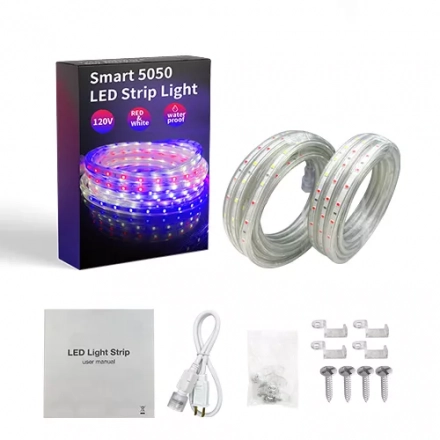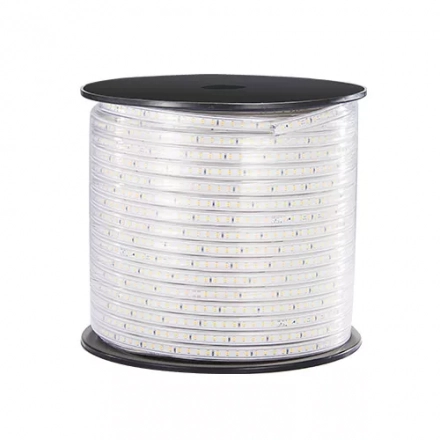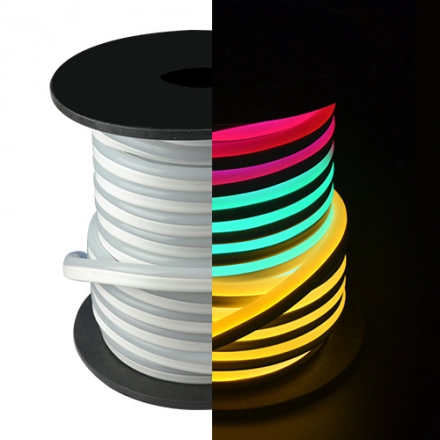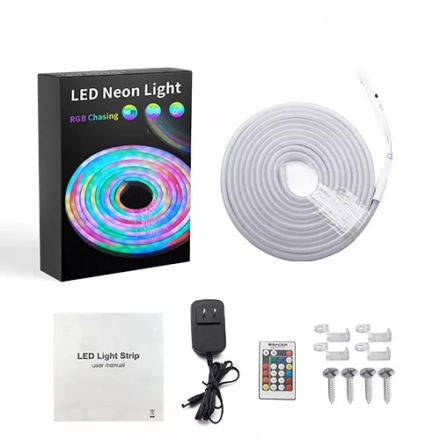The Fascinating World of Neon Strips
Neon strips have become ubiquitous in today's world, gracing cities, businesses, and homes with their vibrant glow. These luminous tubes filled with gas and electrified to create a stunning display of light have captivated our attention and transformed our visual landscapes. From dazzling signs to mesmerizing artworks, neon strips have emerged as an iconic symbol of modern aesthetics. In this article, we will delve into the intriguing world of neon strips, exploring their history, technology, and artistic applications.
Neon strips, often referred to as neon lights or neon signs, trace their roots back to the early 20th century. The discovery of neon gas and its ability to produce a brilliant red glow when excited by electricity sparked a revolution in lighting technology. However, it wasn't until the 1920s that commercial applications of neon strips began to flourish. With their eye-catching allure, neon signs quickly became a popular choice for advertising and signage, transforming the nightscapes of cities around the world.
The technology behind neon strips is both simple and fascinating. The tubes are constructed from glass, which is bent and shaped into various designs. Inside the tubes, a low-pressure gas, typically neon, is sealed along with a small amount of another gas, such as argon or helium. When a high voltage is applied to the electrodes at each end of the tube, the gas molecules become excited, producing a radiant glow. Different gases and coatings can be used to achieve a wide range of colors, from the iconic red to vibrant blues, greens, and purples.
The versatility of neon strips extends far beyond signage. Artists and designers have embraced neon as a medium for creative expression, pushing the boundaries of traditional art forms. Neon artworks can be found adorning galleries, museums, and public spaces, infusing them with a dynamic energy. The mesmerizing glow of neon strips adds a unique and captivating element to sculptures, installations, and even fashion designs. The interplay between light and space creates a mesmerizing experience for viewers, evoking emotions and conveying powerful messages.
In recent years, advancements in LED technology have posed new challenges to the traditional neon strip industry. LED strips offer energy efficiency, flexibility, and a wider range of color options, posing as alternatives to the classic neon glow. Nevertheless, neon strips continue to thrive, cherished for their timeless appeal and the unparalleled warmth they emit. The craftsmanship and artistry required to shape and bend glass tubes, as well as the distinct quality of light they produce, make neon strips a beloved choice for many artists, businesses, and enthusiasts.






